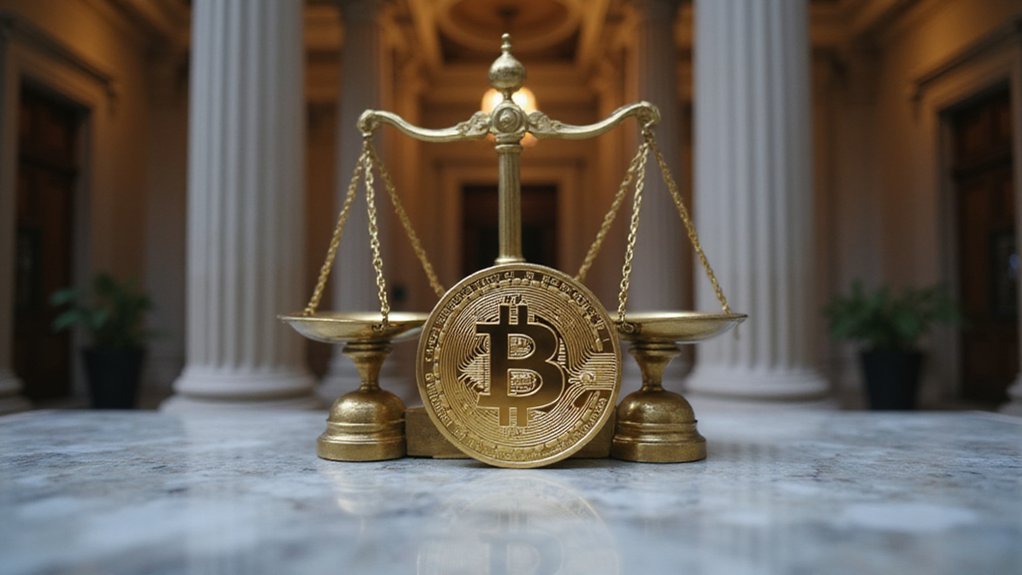Innovation in decentralized finance often arrives not through revolutionary breakthroughs but through the methodical refinement of existing mechanisms—a reality that Kamino Finance seems to understand with remarkable clarity. Their latest venture into tokenized equity integration represents less a radical departure from traditional DeFi principles than a calculated expansion of what concentrated liquidity models can actually accomplish when properly leveraged.
The protocol’s decision to incorporate tokenized stocks into its Solana-based ecosystem reflects a sophisticated understanding of market dynamics that many competitors have overlooked. By utilizing their existing Concentrated Liquidity Market Maker (CLMM) infrastructure, Kamino has fundamentally created a bridge between traditional equity markets and decentralized finance without requiring users to navigate the typically Byzantine processes associated with such cross-pollination.
What makes this development particularly intriguing is how seamlessly it integrates with Kamino’s existing multi-product suite. The platform’s K-Lend service, previously focused on standard crypto assets like SOL, USDC, and USDT, now extends its lending capabilities to encompass tokenized equities—a move that effectively transforms the protocol into a thorough financial services provider rather than merely another DeFi lending platform. Users can now amplify their positions with leveraged exposure up to 5x across these diverse asset classes.
The technical implementation leverages Kamino’s proven concentrated liquidity models, which have already demonstrated their capacity to minimize impermanent loss while maximizing yields for liquidity providers. This infrastructure now supports long and short positions across both traditional cryptocurrencies and tokenized stocks, creating arbitrage opportunities that were previously impossible within single-platform architectures.
Perhaps most importantly, this expansion occurs within Solana’s high-performance blockchain environment, where transaction costs remain negligible compared to Ethereum-based alternatives. The protocol’s integration with multiple decentralized exchanges ensures sufficient liquidity depth for meaningful trading volumes, while their automated market making algorithms continue optimizing returns across increasingly diverse asset classes. The platform’s commitment to providing transparent analytics gives users detailed insights into their tokenized equity positions alongside traditional crypto holdings.
The governance implications are equally remarkable. KMNO token holders now influence decisions affecting not just crypto-native assets but tokenized representations of traditional equities—a responsibility that effectively transforms community governance into something resembling a decentralized investment committee. This shift represents a fundamental departure from traditional finance, where smart contracts now execute governance decisions autonomously without requiring human intervention from bank managers or financial oversight committees.
Whether this democratization of financial decision-making proves beneficial or chaotic remains to be seen, though early indicators suggest the protocol’s methodical approach may well succeed where others have stumbled.









